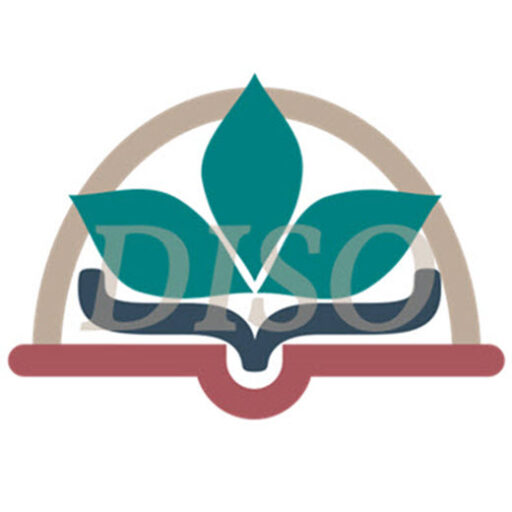NEW TO THIS STUDY? START HERE!
Hi there! Thank you for joining me as I dig into this story. Let’s see what I discovered this past week.
Last Week’s Work
Question 12 (Context)
Literal. I learned from examining several introductions to Matthew’s gospel that he arranged his material to recount Jesus’s five great discourses. Our passage follows the first one in chapters 5-7, commonly known as the Sermon on the Mount. It includes the Beatitudes (Matthew 5:2-12), the Lord’s Prayer (Matthew 6:5-15), and Jesus’s famous instruction to ask, seek, and knock in the chapter before our study text (Matthew 7:7). Immediately after the sermon, we find Jesus cleansing a leper (Matthew 8:1-4), and then He’s approached by the centurion on behalf of his suffering servant.
After the study passage, Matthew describes Jesus visiting Peter’s home and healing his mother-in-law (Matthew 8:14-15). And then I read:
“That evening they brought to him [Jesus] many who were oppressed by demons, and he cast out the spirits with a word and healed all who were sick (emphasis added)” Matthew 8:16. The highlighted phrase reminded me of what the centurion said in verse 8: “… only say the word, and my servant will be healed (emphasis added).”
And before the end of the chapter, Matthew describes Jesus taking his own disciples to task for their little faith when they awakened Him in the boat for fear of the raging storm around them (Matthew 8:23-27).
Finally, centurion appears again in Matthew 27:54: the man guarding Jesus when He died professed, “Truly this was the Son of God.”
Historical. The biggest “aha” I found in my historical research for this story is the centurion was likely not a Roman solder (as I had assumed), but a Gentile in the army of Herod Antipas, who controlled Galilee as a client king of Rome. Either way, this miracle is the first we’ve studied this year where I’m certain the request came from a Gentile. I think that gives more weight to Jesus’s remarks in vv10-12 than I previously realized!
Personal. Now, in addition to the importance of asking and believing I’ve felt throughout this series, the Holy Spirit is emphasizing for me Jesus’s kindness to those who were not like Him. This is evident from the research above and how so much of my attention has gone to vv11 and 12.
Question 13 (Original Language)
Though I researched more, I’m only sharing information about a few words/phrases that really stood out to me as I answered Questions 12 and 13. The first of these is the word Matthew used in v5 translated appealing, parakaleō (G3870). This is how Matthew described the centurion’s prayer for healing, and I did find pray in the list of synonyms for parakaleō.
Next was a key word from Matthew’s illustration of the centurion’s faith. He told Jesus, only say the word, and my servant will be healed (v8). This emphasized phrase is rendered from G3056, logos. Its definition indicates it’s something more than just chatter, but a word which, uttered by the living voice, embodies a conception or idea. I couldn’t help but think about Genesis 1 and John 1!
Finally, I suspected the picture painted by Matthew of Gentiles reclining at table with the forefathers and Jews being thrown into the outer darkness was a warning, and my original language research bore this out. Anaklinō (G347) (reclining…) is used in v11 figuratively of participation in future blessedness in the Messiah’s kingdom, and skotos (G4655) in v12 to describe the darkness outside the limits of the lighted palace (to which the Messiah’s kingdom is here likened). I also discovered from my original language study that Matthew is the only writer to use this language; skotos is also used in Matthew 22:13 (punishment for those who did not attend marriage feast); and Matthew 25:30 (punishment for the servant who did not invest his talent).
So interesting! I can’t wait to dig further with the next two questions that hopefully will provide more answers than I see now!
Dig In Challenges
So next week, I’ll be responding to
- Question 14 How does your interpretation of the text align with relevant cross-references?, by studying how elements of the current study text is handled elsewhere in Scripture; and
- Question 15 What additional clarification do we find in other translations of the passage? by comparing key terms and verses in other translations.
I can’t wait to share what I discover then!

